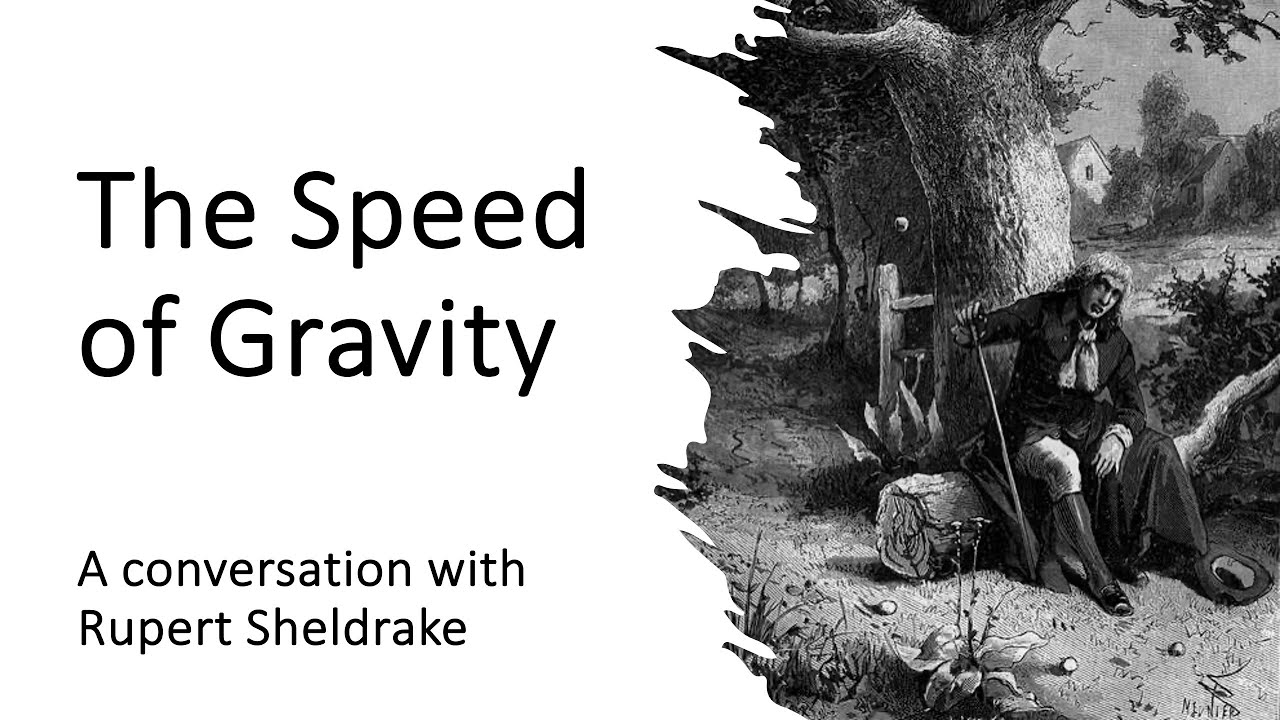Ok, here is an Idea:
intuitively we can think of a sinusoidal harmonic oscillator constructed from two perpendicularly crossing equally long axes, forming a cross,
one vertical, and one horizontal with respect to each other, intersecting in the equilibrium point at half length.
if we then have a moving point along each axis, where the horizontal starts each cycle at the negative extreme, and the vertical starts each cycle at the equilibrium then: when the vertical moving point is above the equilibrium point, the amplitude is positive, when it is below, the amplitude is negative. when the horizontal moving point is past the equilibrium, then the distance between the equilibrium and the horizontal moving point is proportional/equal to how much the vertical has returned from its extreme / highest amplitude point.
the same pattern holds for the opposite relationship, but then in the negative end of the spectrum, i.e when the horizontal is at the equilibrium, the vertical is at either the negative extreme or the positive extreme depending on if it is moving in the positive or negative direction
If we make the horizontal axis shorter than the vertical, the wavelength will decrease, and the proportion between amplitude and cyclical time/wavelength will increase. If we make the vertical axis shorter than the horizontal, the opposite relationship holds. But in any case, the two co-moving points will never go out of of sync / phase with respect to each other if we maintain a partial distance between of the co-moving points to be: in proportion to the to the difference between the lengths of the axes, and in principle/mathematically, there is no fixed limit to how large/small the difference between the length of the axes can be. leading to extremely rapid/slow oscillations. But we can also think of the rule for the behavior of the moving points in multiple ways, or rather, we can construct different patterns of the sinusoidal when we consider a few parameters:
the most important parameter seems to be: the cyclical start of the co-moving points, which can be [negative_extreme or positive_extreme or equilibrium] if we choose one moving point to start from the negative, then it is implied that its cyclical start will have a positive direction,
while the opposite relation holds if we start from the positive, but if we start from the equilibrium! Then we can choose if the moving direction should be positive or negative. And here the interesting question comes up: is the cyclical start parameters always determined by the other,? I.e must they always be opposite or can they be equal? what happens if both start from the equilibrium but with opposite moving directions for example? If we have set the cyclical start point of both to be the equilibrium and cyclical start of both in the same direction, then my hypothesis is that it will make a pattern that forms and alternating expanding quadratic arc-length at the positive and negative, pending from side to side, and if you would add a third dimension it would make an expanding and contracting sphere that inverts itself (turns itself inside out).
An idea I have it to think that Grassman’s interchange law (or the swapping of signs when we do additions) describes a harmonic oscillator in one dimension when thought of as displacements on a strait line. i.e there is always an initial and a final, and an equilibrium half way between the initial and the final when considering a segment on an infinite line.
The length of the segment is determined by a multiplicative factor / scalar (or what ever you wanna call it). Each segment can be thought of a cyclic motion in the same manner as the harmonic oscillator, but which only makes ONE cycle determined by the line segment:
An important thing to notice here also is that the scalar effectively controls the length of the segment and if we therefore think of it as changing and not as constant opens up many possibilities in how to interconnect changing coefficients with each other. another implication of this is to ask: what Is triggering the first interconnected change? One can create some kind of eternal emergence structure with this I feel, if we let an external similar pattern generate the change of a scalar that drives the generation of segments in another line we can interconnect everything according to the same principle and build nested structures of pendulum clocks within pendulum clocks so to speak,
the first goal is too understand exactly what is happening mathematically in the first section of the first chapter in part 2: called
ADDITION AND SUBTRACTION OF ELEMENTARY MAGNITUDES OF FIRST ORDER, it is crucial for understanding anything in the rest of the book I feel.
Law for the Sum of Displacements Drawn from a Moving Element to a Series of Fixed Elements I associate the concept of the elementary magnitude with the solution of a simple problem by which I first arrived at this concept, and which seems to me to be most appropriate for its natural development. Problem. Let three elements α1,α2, β1, and a further element ρ be given; one is then to find the element β2 satisfying the equation: [ρα1] + [ρα2]=[ρβ1] + [ρβ2]
Solution: If one shifts the terms on the left side to the right, then since: -[ρα] = [αρ] and [αρ] + [ρβ] = [αβ]
one has: [α1β1] + [α2β2] = 0, by which the element β2 is specified in an elementary way.

